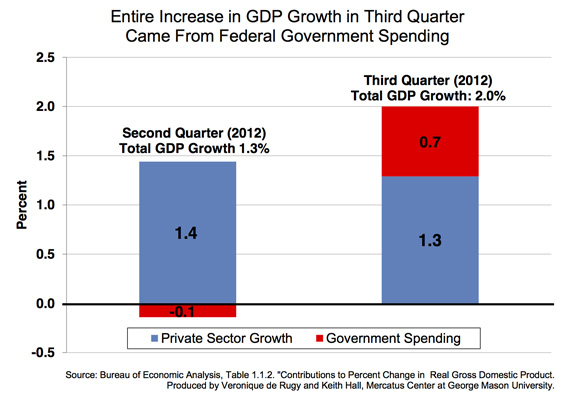At Techdirt, Mike Masnick reports on the latest attempt to get out the vote:
It’s election day. While your actual ballot is (supposed to be) secret, a lot of people don’t know that whether or not you voted at all is public information. A few weeks back, On the Media covered some ways that campaigns try to get out the vote and looked at some research suggesting that letters to people with a “voter report card” showing when they’ve voted in the past was a somewhat effective way of shaming people into voting. An even more extreme example was given as well: a letter that specifically shows how often your neighbors have voted. In the piece, OTM producer Chris Neary noted that while such things were effective in the lab, people shouldn’t be expecting such letters for real, because, while they may be effective in getting out the vote, they also freak people out on privacy grounds, and no campaign wants to risk freaking people out:
And, by the way Brooke, you’ll never get that last letter. Campaigns hate to send out anything that prompts virulent hate mail in return, and one of those researchers got some of that mail.
Except… Neary has now posted an apology blog post after some OTM listeners reached out to share exactly the kinds of mailers discussed. While campaigns might shy away from such tactics, apparently third party organizations read the exact same research and took it to heart — as they’re a lot less worried about hate mail
All of the various political parties, pressure groups, “public interest” organizations and the rest are desperate to ramp up voter participation in the election. It’s frequenly pointed out that voters are apathetic and the reduced percentage of voters over the last thirty-plus years is trotted out as evidence of that. However, as Katherine Mangu-Ward points out in this month’s issue of Reason, for the vast majority of Americans Your Vote Doesn’t Count:
Let’s start with the basics: Your vote will almost certainly not determine the outcome of any public election. I’m not talking about conspiracy theories regarding rigged elections or malfunctioning voting machines — although both of those things have happened and will happen again. I’m not talking about swing states or Supreme Court power grabs or the weirdness of the Electoral College. I’m talking about pure, raw math.
In all of American history, a single vote has never determined the outcome of a presidential election. And there are precious few examples of any other elections decided by a single vote. A 2001 National Bureau of Economic Research paper by economists Casey Mulligan and Charles Hunter looked at 56,613 contested congressional and state legislative races dating back to 1898. Of the 40,000 state legislative elections they examined, encompassing about 1 billion votes cast, only seven were decided by a single vote (two were tied). A 1910 Buffalo contest was the lone single-vote victory in a century’s worth of congressional races. In four of the 10 ultra-close campaigns flagged in the paper, further research by the authors turned up evidence that subsequent recounts unearthed margins larger than the official record initially suggested.
The numbers just get more ridiculous from there. In a 2012 Economic Inquiry article, Columbia University political scientist Andrew Gelman, statistician Nate Silver, and University of California, Berkeley, economist Aaron Edlin use poll results from the 2008 election cycle to calculate that the chance of a randomly selected vote determining the outcome of a presidential election is about one in 60 million. In a couple of key states, the chance that a random vote will be decisive creeps closer to one in 10 million, which drags voters into the dubious company of people gunning for the Mega-Lotto jackpot. The authors optimistically suggest that even with those terrible odds, you may still choose to vote because “the payoff is the chance to change national policy and improve (one hopes) the lives of hundreds of millions, compared to the alternative if the other candidate were to win.” But how big does that payoff have to be to make voting worthwhile?




